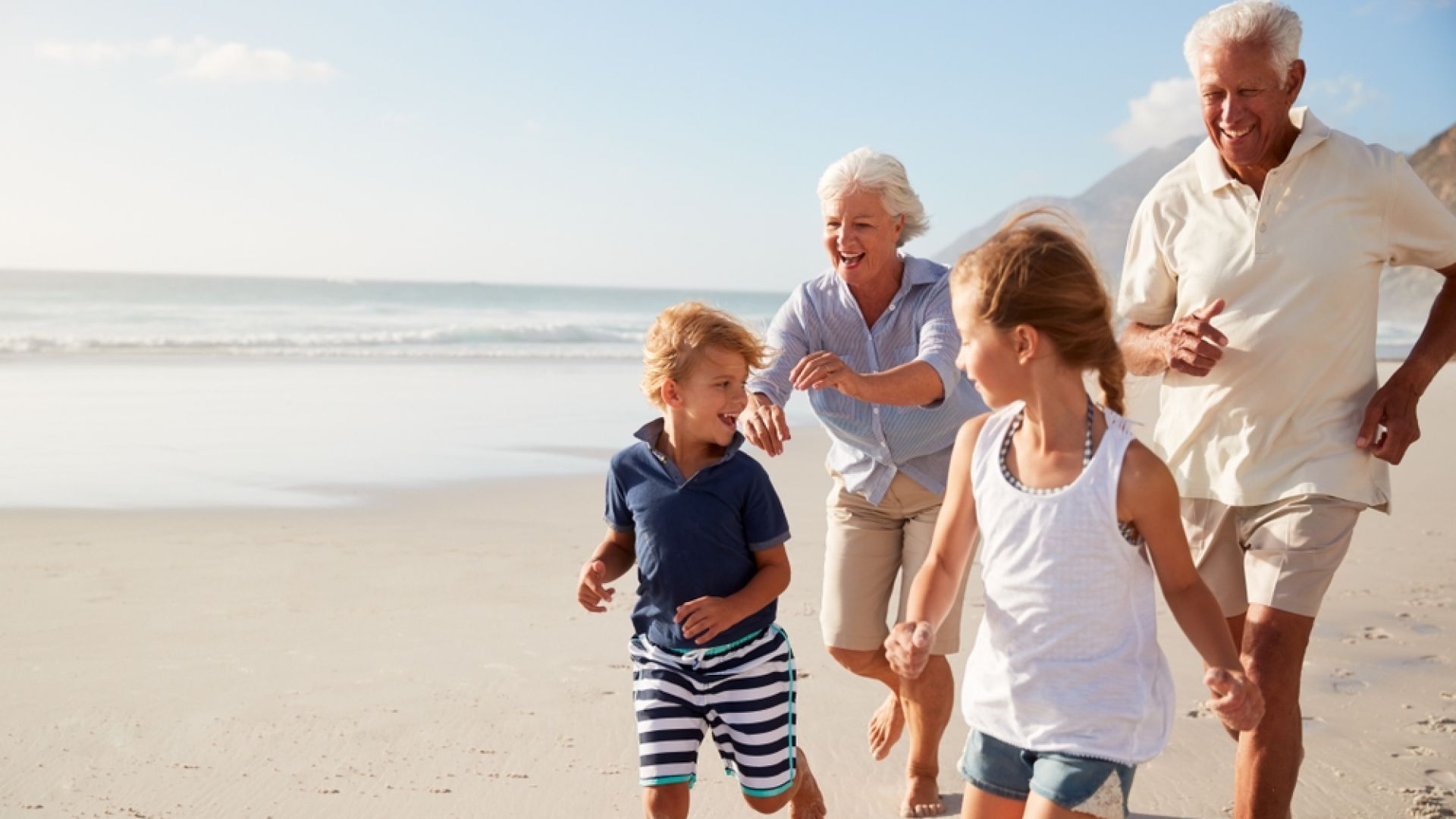
How to screen your family for skin cancer
1. People with dark or olive skin are still at risk of skin cancer
Risk is equal to probability. Something that is 1 in million can still occur. Just because people with darker skin are at less risk of skin cancer does not mean they can not get skin cancer. In fact due to their darker skin colour, people of these skin types often detect changes/cancers at later more dangerous stages. People of all skin type should use skin protection and screen themselves and their family at regular intervals.
2. SPF 50+ does not offer 100% protection even for short periods of time
Sun exposure should not increase with increased SPF. As above, risk and probability are only decreased with increased SPF. Even SPF 30+ and SPF 50+ do not not protect you from all UV radiation. Doubling your exposure still doubles your risk of developing skin cancer. Always minimise exposure and maximise protection.
3. You should still use sunscreen when using cosmetics with SPF
Unless cosmetics are SPF 30 or higher rating, you should wear additional sunscreen when exposed to the sun for extended periods. Often the SPF levels of cosmetics are low and these products are applied thinly to the face once in the morning. Like sunscreen of lower SPF levels, the protection of these products is only suitable for small amount of sun exposure for a small period of time following their application. Should you intend on extended sun exposure you should apply addition sunscreen of SPF 30 or higher.
4. A fake tan does not increase your sun protection
While some fake tans do have a SPF rating the darkening effect of the fake tan does not protect you from the sun. Fake tans simply create a darker layer on the top of the skin. This does not change the composition of the skin or mimic the traits of darker complexions. UV radiation still reaches the skin surface increasing your risk of skin cancer. Always use sunscreen in additional to fake tan.
5. Not all Skin Cancers can be cured
Medical advances occur every year but prevention will always be the best cure. There are many factors that contribute to a skin cancer prognosis. In some cases lesions and cancer may be curer by simply removing the cancer. Further treatments may be necessary for more advanced cancers. In some cases the cancer may be to progress to completely treat. Early detection is your best chance of beating a cancer but does not guarantee success. See you doctor as soon as you detect an area of concern.
6. Sun damage is possible on windy, cloudy, and cool days
Sun damage is caused by ultraviolet (UV) radiation, not temperature. UV levels can be just as high on a cool overcast day as on a bright, warm sunny day. Windy or overcast sometimes create a sense of false safety due to the cooling effect of the breeze and lack of direct light. These days may have higher UV levels due to the UV reflection on the clouds. Always check the UV index for each day and adjust your sun exposure accordingly.
7. You don’t have to sunbake to get sun cancer
In Australia we have some of the highest UV radiations levels in the world. Unfortunately these means that we can have enough sun exposure in just a few minutes for damage to occur. This can happen performing day-to-day activities not just sun baking. The accumulation of these small amounts can add up to a large amount of time over just a couple of years. Regardless of your beach time, or sun baking habits you should always home screen you own skin at regular intervals to increase the chance of early detection.
8. You are still at risk even if you don’t burn
You skin doesn’t need to turn red or physically hurt for damage to have occurred. The slightest darkening of skin is a sign of skin damage. Even these small amount can be enough to create a cancer. Always remember that increased risk is increased probability. Small probability even still occur. People of all skin types should build healthy skin habits.
9. You only need a few minutes sun exposure to receive enough vitamin D
Our bodies are very efficient at producing vitamin D. When UV levels are 3 or above our bodies produces the necessary amounts of vitamin D in just a couple of minutes. When UV levels are lower or in people with darker skin the required time may increase. You should not increase your sun exposure for the sole purpose of increasing vitamin D creation. This risk are greater than the benefits. Should you feel your vitamin D levels are low you should see you doctor for alternative solutions.
10. You can still burn through car and building windows
Glass may reduce slightly the amount of UV radiation reaching your skin but they do not eliminate it. Given enough exposure to the UV radiation, inside or outside, damage will occur. Sun protection should not be ignored just because you are not outside. Always use the appropriate protections for the amount of exposure, inside or out.